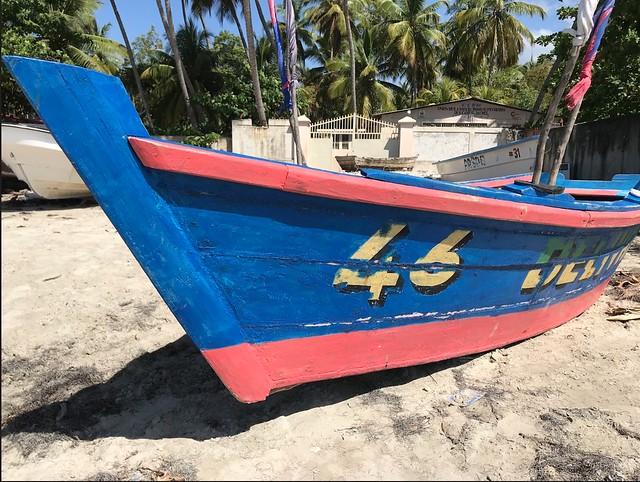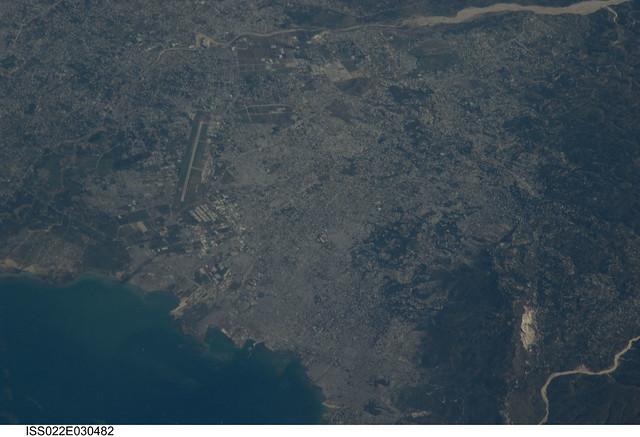



Port-au-Prince
Overview
Historical Significance
Port-au-Prince, the capital city of Haiti, is steeped in a rich tapestry of history. Founded in 1749 by the French, it serves as a reminder of the country's colonial past. The city played a pivotal role during the Haitian Revolution, which was the first successful slave revolt that led to the establishment of Haiti as the first independent black republic in 1804. As you wander through the streets, you can sense the echoes of this significant struggle for freedom and autonomy, highlighted by historical landmarks such as the impressive Palais National, which has been the seat of government since the early 19th century. Although much of it was damaged in the 2010 earthquake, its restoration efforts reflect the resilience of the Haitian people.
Cultural Vibrancy
Port-au-Prince is a vibrant hub of Haitian culture, where art, music, and dance thrive. The city's art scene is particularly noteworthy, with colorful murals and galleries dotting the landscape. The Iron Market (Marché en Fer) is a must-visit, where you can immerse yourself in the local culture through its bustling atmosphere. Here, vendors sell everything from fresh produce to handcrafted goods, encapsulating the daily rhythm of Haitian life. The market is also a great place to sample local cuisine, such as griot (fried pork) and fritay (fried snacks), offering a delicious taste of the island’s culinary heritage.
Atmosphere and Local Characteristics
The atmosphere in Port-au-Prince is both lively and chaotic, a blend of energy that reflects the spirit of its inhabitants. Street vendors line the roads, hawking their wares, while music spills out from shops and homes, giving the city a pulsating heartbeat. The famous Haitian Kompa music fills the air, inviting you to dance along with the locals. The city's architecture also tells a story, with colonial-style buildings coexisting alongside more modern structures, creating a unique urban landscape that is both charming and complex.
Natural Beauty and Surroundings
Nestled between the mountains and the sea, Port-au-Prince offers stunning views and natural beauty. The nearby La Saline Beach and Wahoo Bay Beach provide opportunities for relaxation and water activities, while the surrounding hills can be explored for hiking and breathtaking panoramas. The Citadelle Laferrière, a UNESCO World Heritage site located a few hours away, stands as a monumental symbol of Haiti’s fight for independence and is an absolute must-see for travelers interested in history and breathtaking landscapes.
Community and Hospitality
The warmth and hospitality of the Haitian people are among the city's most treasured aspects. Engaging with locals can provide deeper insights into their traditions and everyday life. Many communities are eager to share their stories, whether through music, art, or traditional gatherings. The sense of community is palpable, particularly during local festivals and events, where you can witness the unyielding spirit and resilience that characterize the Haitian culture.
In summary, Port-au-Prince invites travelers to explore its rich history, vibrant culture, and remarkable resilience. It is a city that, despite its challenges, exudes a unique charm and offers a profound experience for those willing to delve into its complexity.
Other towns or cities you may like in Haiti
Explore other cities that share similar charm and attractions.



